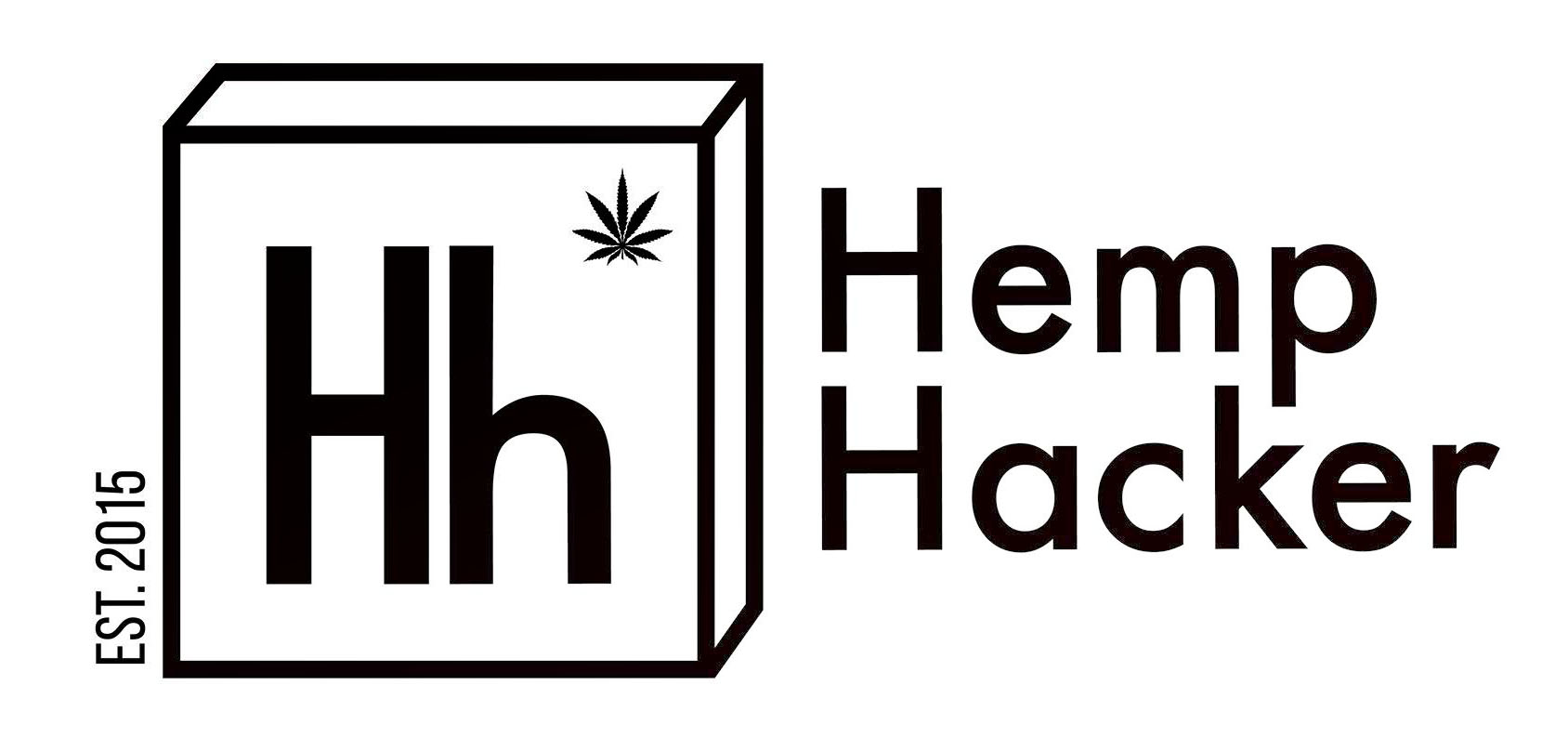The objective of validating a procedure is to demonstrate that the procedure is suitable for its intended purpose. This extends to all SOPs. They must be validated to prove that they accomplish their purpose. There are many different processes that can be validated in pharmaceutical operations. Some examples include, but are not limited to, process chemistry, analytical testing, lab facilities, cleaning, equipment, packaging, etc.
For the sake simplicity, this article will cover validation of analytical methods. Method development and validation are all about setting specifications and making sure that the method can reliably achieve those standards. The specifications are discovered during method development, where an analyst works by trial and error to find the right conditions, that are described by example below. It is a tedious process, but once the proper method for analysis is established (i.e. the right column, the right flow rates, the right wavelength, and right temperatures), you have data that should show a reproducible method. From there, it’s a matter of setting the amount of variance that is tolerable to still accomplish the method (i.e. validation parameters).
Analytical method development is the time when the robustness of a method is established. Robust in this sense, means that you can change parameters of the method without seeing variation in the results – that is, despite conditions being less than optimal, you still get good results. Validation checks the variation in methods – you must get the same results for a given method within a specified percentage or relative standard deviation. If a method has been proven to be robust, it has a much greater chance of passing validation (being within the specified variance).
There are three major types of analytical methods: identity tests, assays, and impurity tests. An identity test proves that a certain molecule is present in a sample. An assay shows how much of a molecule is present in a sample. An impurity test shows how much of the sample has degraded or the relative quantities of impurities present in a sample. There are 6 major parameters tested in the validation of analytical methods: accuracy, precision, specificity, detection limits, quantification limits, and range.
Validation parameters require qualified reference standards. Ideally they will be from a third party, manufactured in an ISO environment that ensures the purity. The qualified reference standards are how meaningful comparisons are made to assess each parameter.
- accuracy – how close to the target value the method reliably achieves
- precision – how close each measurement is to the other measurements in a series of measurements
- specificity – identification of the exact molecule that’s being tested – i.e. the method can discriminate between molecules similar to the target molecule.
- detection limit – the smallest quantity of a molecule that can be detected
- quantification limit – the smallest quantity of a molecule that can be reliably quantified
- range – the smallest and largest amount of a molecule that can be reliably quantified in an analytical test
Details of the method should be clearly listed and explained in the validation report. They are important because they clearly lay out the conditions to execute a given method. Here are a few examples of method conditions:
- Description of the method – e.g. HPLC
- Type of chromatography column – e.g. C18 Reverse Phase HPLC Column
- Flow rate and method durations – e.g. 1mL/min – 20 min runtime
- Detection Wavelength – e.g. 210nm
- Column Temperature – e.g. 30C
If you have more questions, check out www.oriongmp.com and get a free consultation on putting together your Cannabis related Good Manufacturing Practices and Quality Manufacturing Systems.
